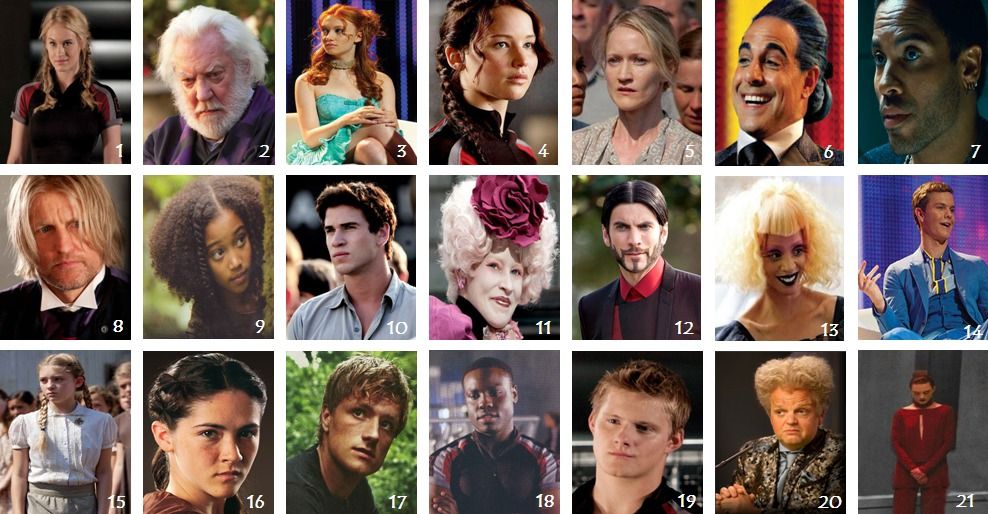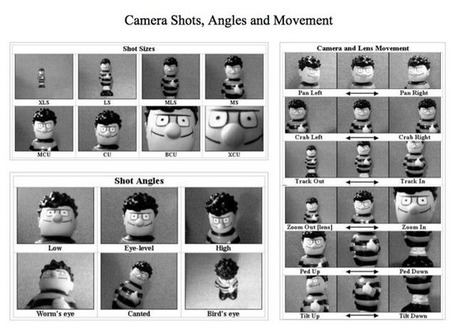Past papers often give us a clue about how our own exam will look. Here are the questions from the past three years for the analysis section. Think how you would have answered each one.
If you don’t know – now is really your last chance to ask!

Narrative Structure
2012 The narrative of a media text is carefully structured. With close reference to the media text you have studied, describe its narrative structure.
2011 The text you have studied has a narrative structure. With close reference to this text, describe this narrative structure.
2010 (a) The narrative of a media text is carefully structured.
By close reference to a media text you have studied, describe its narrative structure.
(for (b) see “audience”)
(c) Describe how the narrative structure you have identified has been made to appeal to the target audience(s) you have identified. Give reasons for your answer by referring closely to the text.
Representation (including Stereotype)
2012 This question asks you to think about the Representations in the text you have studied.
(a) Identify one stereotype OR one non-stereotype in the text you have studied.
(b) By referring closely to the text, describe how this stereotype or non-stereotype has been made.
2011 This question asks you to think about the representations in the text you have studied.
(a) Identify one stereotype OR one non-stereotype in the text.
(b) By referring closely to the text you have studied, describe in detail what makes this representation a stereotype or a non-stereotype.
2010 (b) Representations are made by including particular elements in the text.
Identify at least one representation in the media text you have studied and describe in detail how it has been made.
(c) The representation or representations you have identified have been carefully chosen by the institution. Give reasons why the institution made the representation(s) this way.
Audience
2012 Audiences can be described in terms of age, gender, social class, race, nationality, lifestyle and interests.
(a) (i) Identify one target audience for the text you have studied.
(ii) By referring closely to the text, describe what has been included to appeal to this audience.
(b) (i) Identify one audience who would not enjoy this text.
(ii) By referring closely to the text, describe why they would not enjoy this text.
2011 Identify one target audience from the list below, that would enjoy this text:
• an audience made up from a specific age group
• a male audience
• an audience made up of a particular social class.
(b) By referring closely to the text, describe what has been included in this
text to appeal to this audience.
(c) Identify one other target audience from the list below, that would enjoy this text:
• an audience with a special interest
• a female audience
• an audience made up of a particular nationality.
(d) By referring closely to the text, describe what has been included in this
text to appeal to this audience.
2010 The makers of media texts target audiences from particular age groups, genders, nationalities, backgrounds and interests.
Identify the target audience(s) for the text you have studied. Give reasons for your answer by referring closely to the text.
Institution
2012 Institutional factors affect media texts. These factors include:
• who owns the media company
• the effect of the law on the text
• the effect of the budget and resources on the text
• the use of stars
• the effect of advertising and advertisers on the text
• the need to make a profit
and other institutional factors.
(a) Identify one institutional factor that affected the text you have studied.
(b) Describe in detail how this institutional factor affected the text.
(c) Identify one other institutional factor that affected the text you have studied.
(d) Describe in detail how this other institutional factor affected the text.
2011 Institutional factors affect the making of media texts. These factors could include:
Who owns the media company/companies
The effect of the law on the text
The effect of the budget and resources on the text
The need to obey Health and Safety laws
The use of stars
The effect of advertisers and advertising on the text
The need to make a profit and other institutional factors.
(a) Identify one institutional factor that had an effect on the text.
(b) Describe in detail how this factor affected the text you have studied.
(c) Identify another institutional factor that had an effect on the text.
(d) Describe in detail how this factor affected the text you have studied.
2010 (a) Institutional factors affect the making of media texts. These factors include:
• who owns the media company
• the need to make a profit
• the effect of budget and resources on the text
• the use of stars
• the effect of advertisers and advertising
• the effect of the law on the text
• and other institutional factors.
How has at least one institutional factor affected the text you have studied?


















